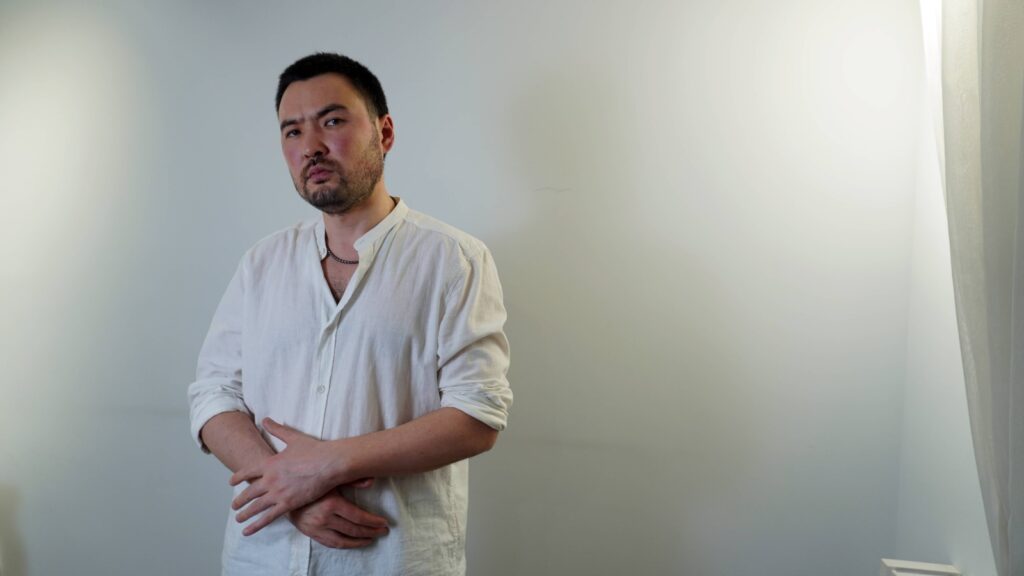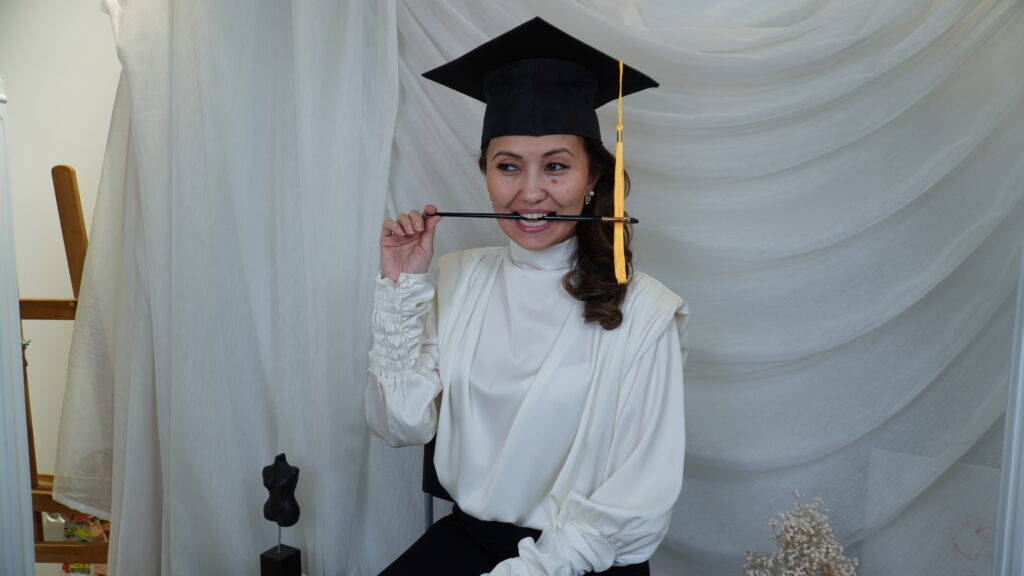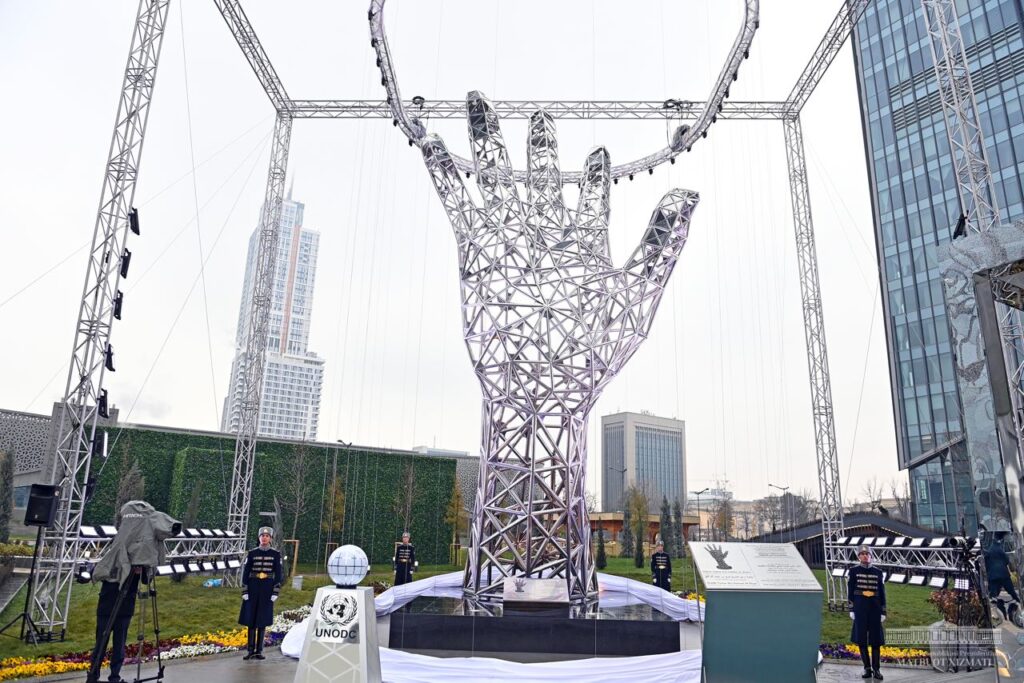Kazakhstan's film industry is attracting more and more attention globally, and many talented actors are contributing to its development. One such theater and film actor is Abay Kazbayev, who agreed to share his experience and vision of the industry. How did you start in the industry? I have no specialized education, but I’m constantly learning. I started to explore a career path as an actor at the age of 33, after trying my hand in many different fields. I’m now actively engaged in developing my range, from plasticity to internal monologue. To date, I’ve worked on series such as Shahristan, Upperty, and Shabashniki. Shooting the latter, I had to shave my head for the role, which looked strange. In general, I like to experiment on the image. It’s interesting to observe the change of type. I also worked on two theater projects, on one of which I was lucky enough to work with Saulius Varnas, a European theater director. He staged the play, A House in the Middle of Spring, based on Eugene Ionesco's script, Hunger and Thirst. On this project, I worked with such professionals as Marat Amiraev, Altynshash Shayakhmetova, Sharim Dostay, and others. In my second theater project, I had the lead role, but, unfortunately, we managed to stage just one private performance. (Shakhrisatn is a Kazakh detective thriller from 2023; Marat Amiraev is a famous Kazakh actor who starred in such series as 5:32 and Prisoners; Altynshash Shayakhmetova is a Kazakh actress who starred in such series as Boztorgai and Bir Toksan.) How do you perceive the evolution of Kazakhstan's cinematography over the past decades? What key changes have taken place, in your opinion? It is difficult to talk about decades, as ten years ago, I was in a completely different sphere. But I can say that coming to the movie theater I can now watch one or two of our domestic films, which certainly pleases me. Ten or twenty years ago, the release of a Kazakhstani film in theaters was something of an event, but it’s now become the norm. Many people criticize our movies for being limited to comedies and crime dramas but I for one, greatly enjoy movies such as Business in the Kazakh Way. It is still too early to talk about (local movies) as an industry, since to my mind, it doesn’t exist as such. Having said that, we have plenty of people engaged in creating movies: directors, producers, actors, - actors turned directors, actors turned producers, and vice versa. A highlight for me, was the movie Nomad. Released about twenty years ago, it ignited the dreams of many aspiring artists many of whom have since made a name for themselves, including Sanjar Madi, who starred in many of its scenes. Other key events include Akan Satayev's The Racketeer which came out a few years after Nomad, followed by Farhat Sharipov's The Tale of the Pink Hare. Both provided a wave of new faces and young blood to...





